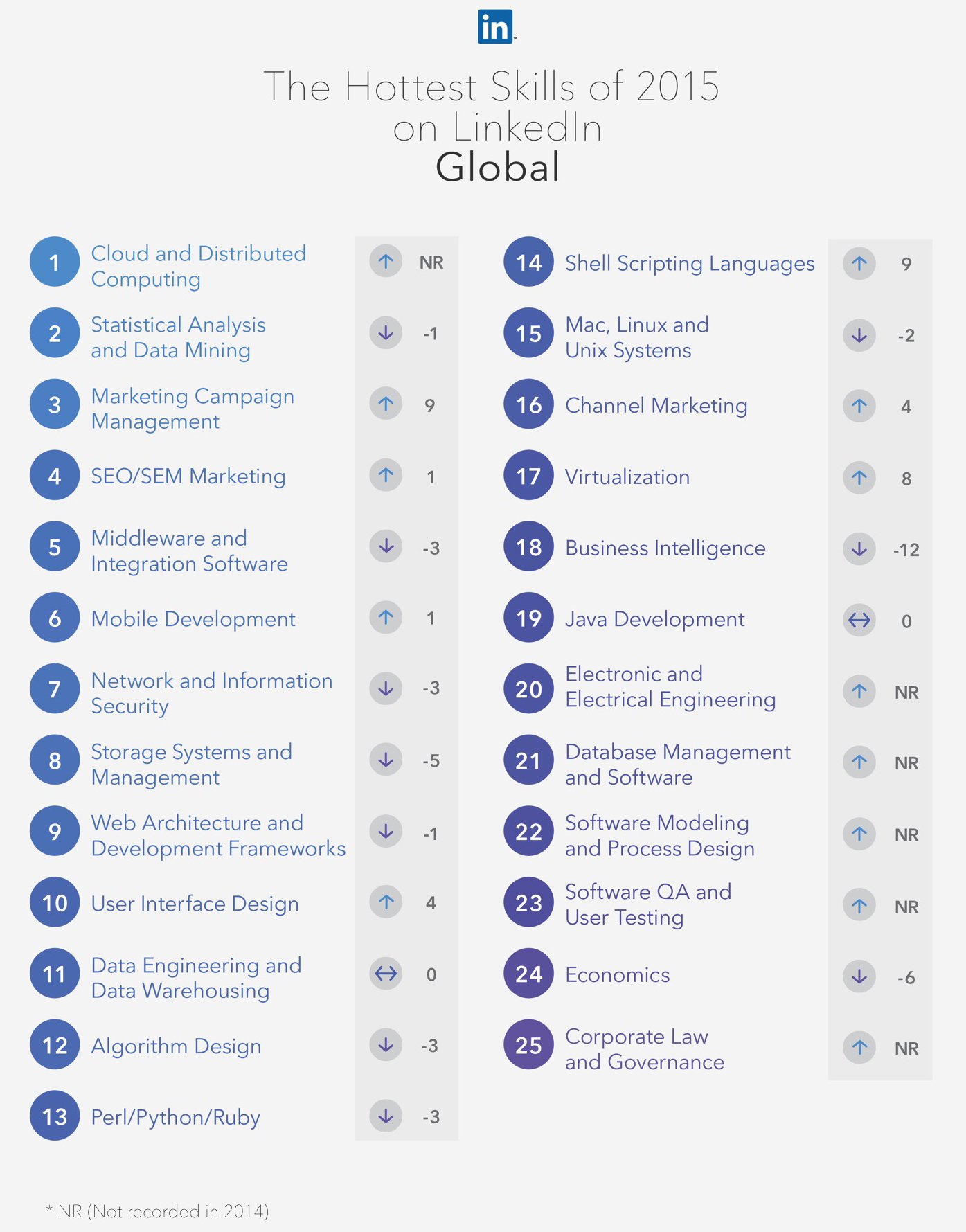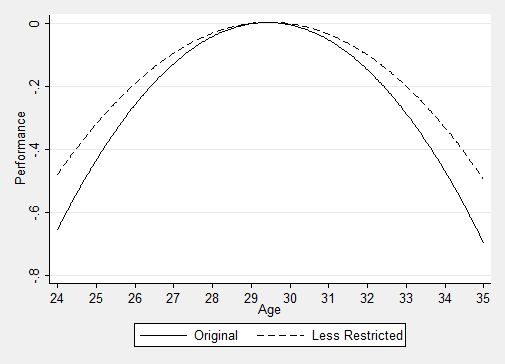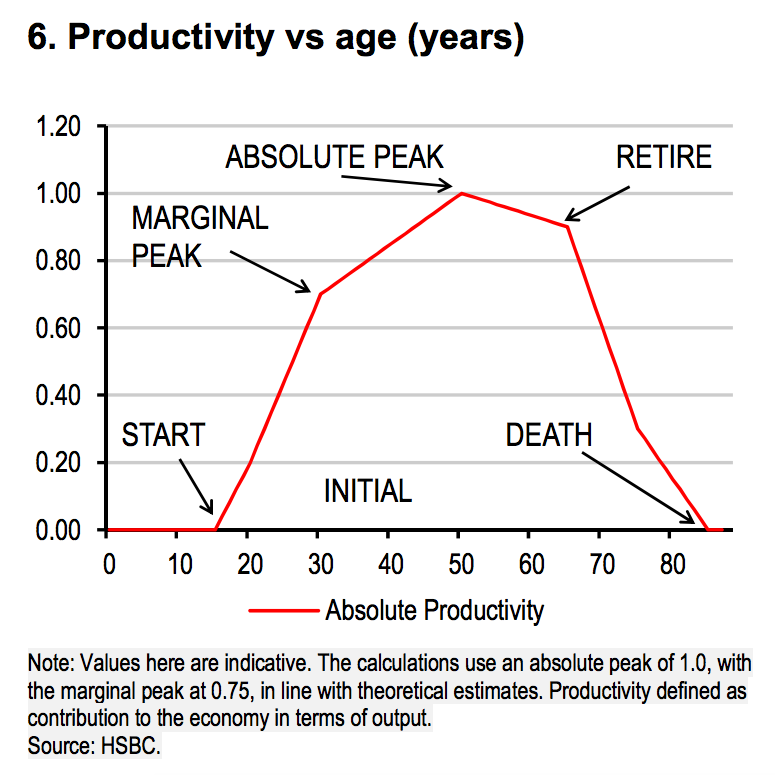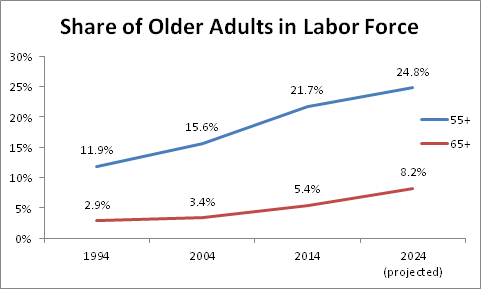We value hard work, but we reward natural talent
Of all the phrases used to describe a candidate or an employee, 'He/she is a hard worker' is probably one of the most valued by employers, colleagues, and the people in general. We like people that work hard. We value the effort, the grind, the grit of folks who show up, dig in, plow through - day in and day out. Some even think that 'working hard' is actually a skill akin to other technical or practical kinds of aptitudes that are often harder to find.
After all, 'hard work', even if it is a skill, is probably one that can be 'learned' by just about everyone. In many ways you just have to decide to work hard and there it is, you are a hard worker. Doesn't exactly work that way for other skills like coding, painting, or hitting 3-point baskets.
But as much as we value hard work, a skill that is readily observable, some recent research suggests that we value (and reward) something more intangible much, much more - the ore opaque notion of 'natural talent.'
Researchers Chia-Jung Tsay and Mahzarin Banaji examined what has been called the 'naturalness bias', the tendency to choose and reward so-called 'naturally talented' people over the classic 'hard-worker' in a series of experiments that were recently described in FastCo Design. Here is an excerpt from the piece:
"We are likely influenced by concepts such as the Protestant work ethic, and the American dream, and ideals such as a truer meritocracy, opportunity, and social mobility that can be achieved with enough hard work and motivation," says management scholar Chia-Jung Tsay of University College London, via email. "We may subscribe to these ideas, but our preference for and fascination with naturalness still seem to emerge through our actual choices."
Tsay’s research has documented this tendency—which Malcolm Gladwell coined as the "naturalness bias"—across creative fields. A few years back, Tsay and Harvard psychologist Mahzarin Banaji asked 103 professional musicians to rate two performers based on a written profile and clips of them playing Stravinsky's Trois Mouvements de Petrouchka. The two performers were actually the same person, with one profile tweaked to emphasize work ethic and the other made to highlight natural talent.
In questionnaires, study participants claimed to value effort and practice over innate ability. But when it came time to rate the "two" performers, they gave the natural higher marks on talent, likelihood of future success, and value as a musical company hire, Tsay and Banaji reported in the Journal of Experimental Social Psychology. In a follow-up, the researchers found that seasoned experts favored naturals even more than novice musicians did—a finding with troubling workplace implications, given that veterans tend to make hiring decisions.
Did you catch that? Two performers, who were actually the same performer, and the one that was pitched as having some higher level of natural talent was rated more positively and favorably than the performer who was portrayed as someone whose achievements were a product of hard work. Additionally, the more experienced and 'senior' the evaluator, the more likely they were to reward the 'natural talent' over the hard worker.
Really interesting implications for this data, particularly in the world of talent evaluation and hiring. If the 'naturalness' bias does exist in organizations, then they could be overlooking or discounting individuals that are totally qualified and capable of performing at a high level, if their history of 'hard work' is somehow diminished in value in the eyes of the talent evaluators.
More interesting still is that while this research appears to suggest the existence of a bias towards 'natural talent', it seems like 'hard work' is much more reliable in the long run.
Let's toss it back to my favorite metaphor for talent and workplace comparisons - basketball.
'Natural talent' may account for a high degree of accuracy shooting 3-point baskets. But this 'skill' also can come and go in the course of a game, season, and career - sometimes inexplicably.
Playing tough, solid, and aggressive defense however, is usually chalked up at least primarily to 'hard work', which tends to be much more reliable, repeatable, and predictable.
It can be kind of hard to 'see' natural talent in all kinds of fields. Hard work is a little easier to spot.
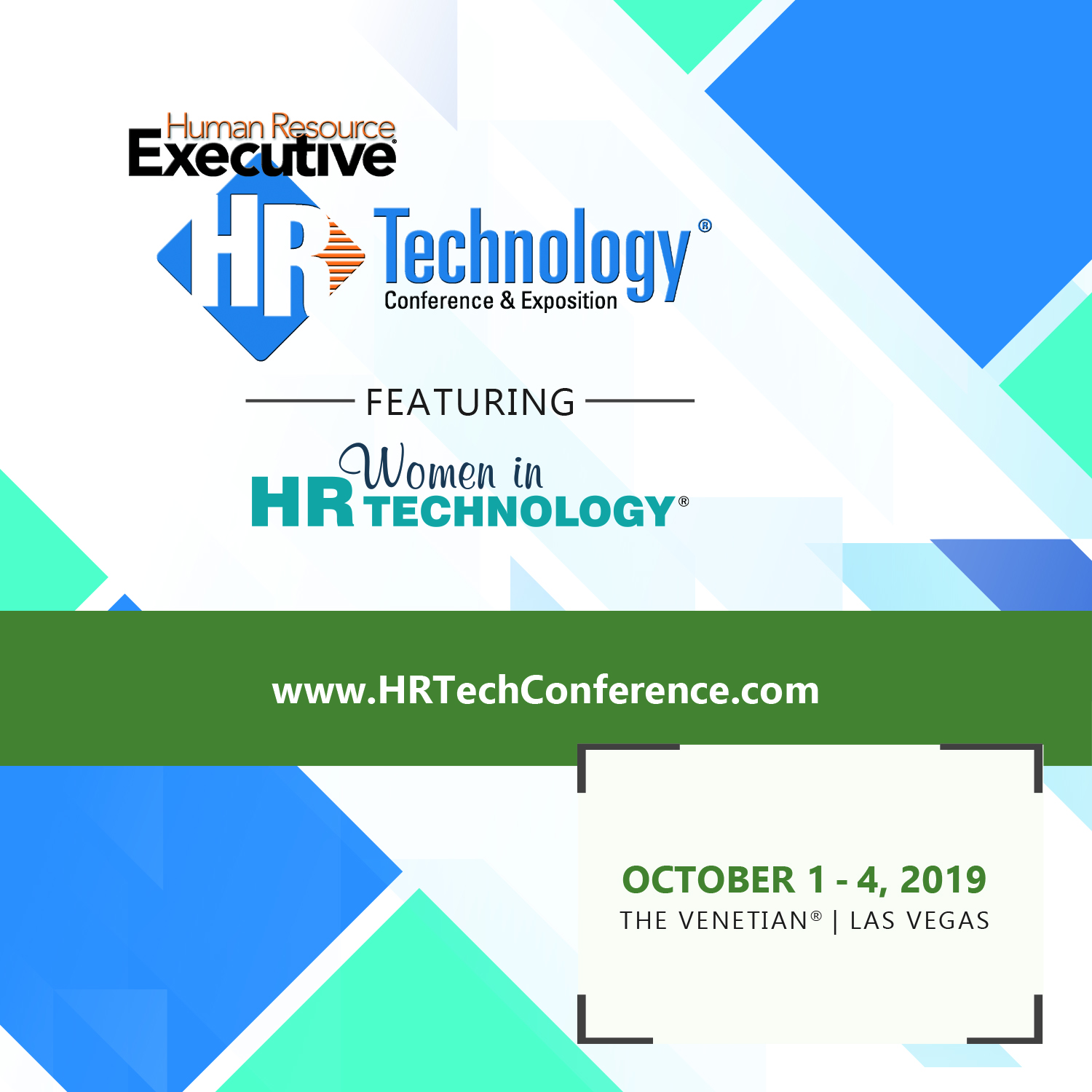
 Steve
Steve
